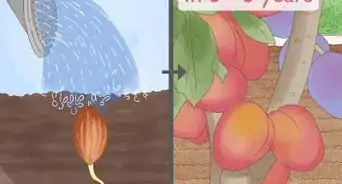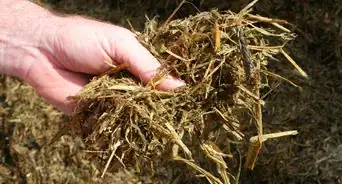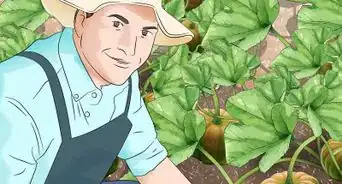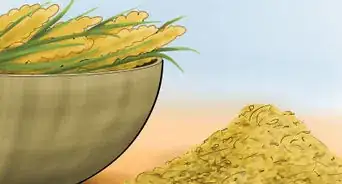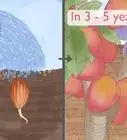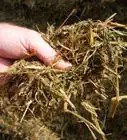This article was co-authored by wikiHow staff writer, Aly Rusciano. Aly Rusciano is a Creative Writer based outside of Nashville, Tennessee. She has over ten years of experience in creative, academic, and professional writing. Aly’s writing has been nationally recognized in the Sigma Tau Delta Rectangle and featured in Blue Marble Review, The Sunshine Review, PopMatters, and Cathartic Literary Magazine. She graduated from The University of Tennessee at Martin with a BA in English, focusing in Creative Writing and minoring in Theatre.
There are 13 references cited in this article, which can be found at the bottom of the page.
Learn more...
You’re driving down the road past acres and acres of farmland, zooming by fields of corn and grazing cattle. But is this beautiful landscape considered a farm or a ranch? Is there a difference? Believe it or not, ranches and farms are different. The terms are often used interchangeably, but the agricultural operations have quite a few contrasting qualities (which we happen to know all about). In this article, we’ll fill you in on the differences and similarities between farms and ranches, so you’ll know exactly which is which.
Things You Should Know
- Farms are agricultural operations that produce a range of needed sources, from vegetables to animals to energy.
- A ranch is a specific type of farm that focuses on raising livestock.
- The size of a ranch or farm doesn’t define it, so it can be big or small (as long as it turns a profit).
Steps
References
- ↑ https://www.fb.org/market-intel/2023-cattle-market-outlook
- ↑ https://utbeef.tennessee.edu/wp-content/uploads/sites/127/2020/11/W-320B-UT-Options.pdf
- ↑ https://www.nass.usda.gov/Publications/Todays_Reports/reports/land0821.pdf
- ↑ https://www.comptroller.tn.gov/content/dam/cot/pa/documents/manualsandreports/greenbelt-handbook/GreenbeltHandbookReduced.pdf
- ↑ https://www.usda.gov/media/blog/2022/11/01/census-vs-survey-whats-difference
- ↑ https://youtu.be/8t_ZfpMtjzg?t=63
- ↑ https://texasfarmbureau.org/advocacy/small-farm-ranch/
- ↑ https://dictionary.cambridge.org/us/dictionary/english/farm
- ↑ https://youtu.be/8t_ZfpMtjzg?t=98

